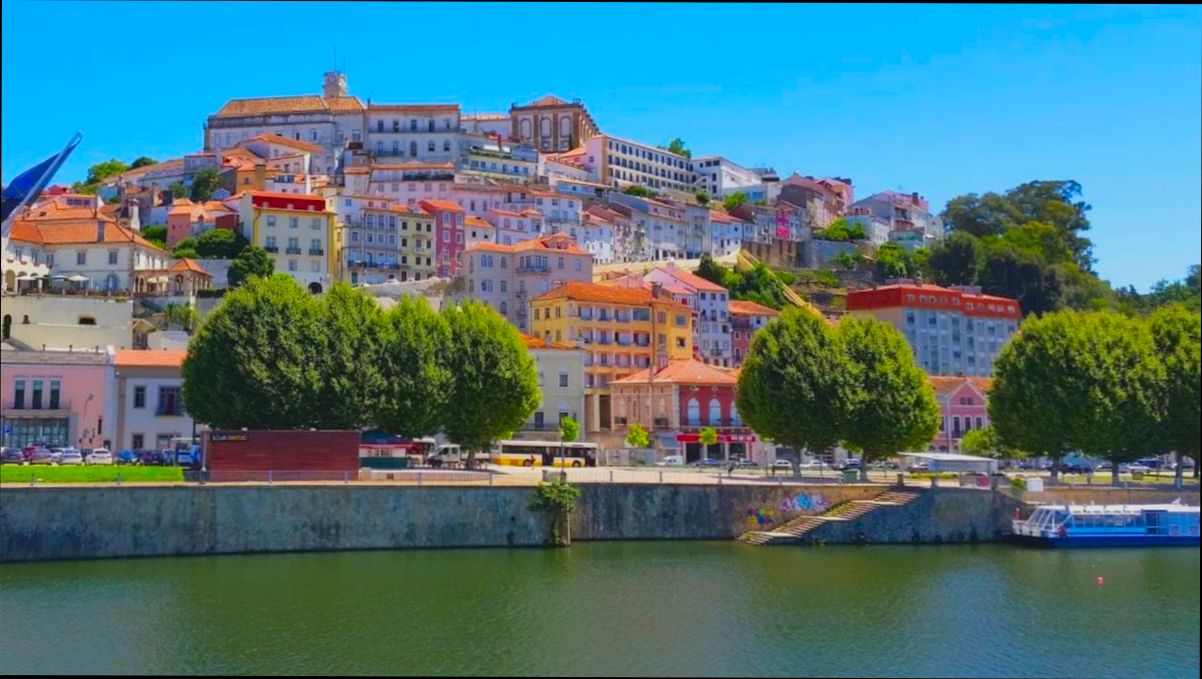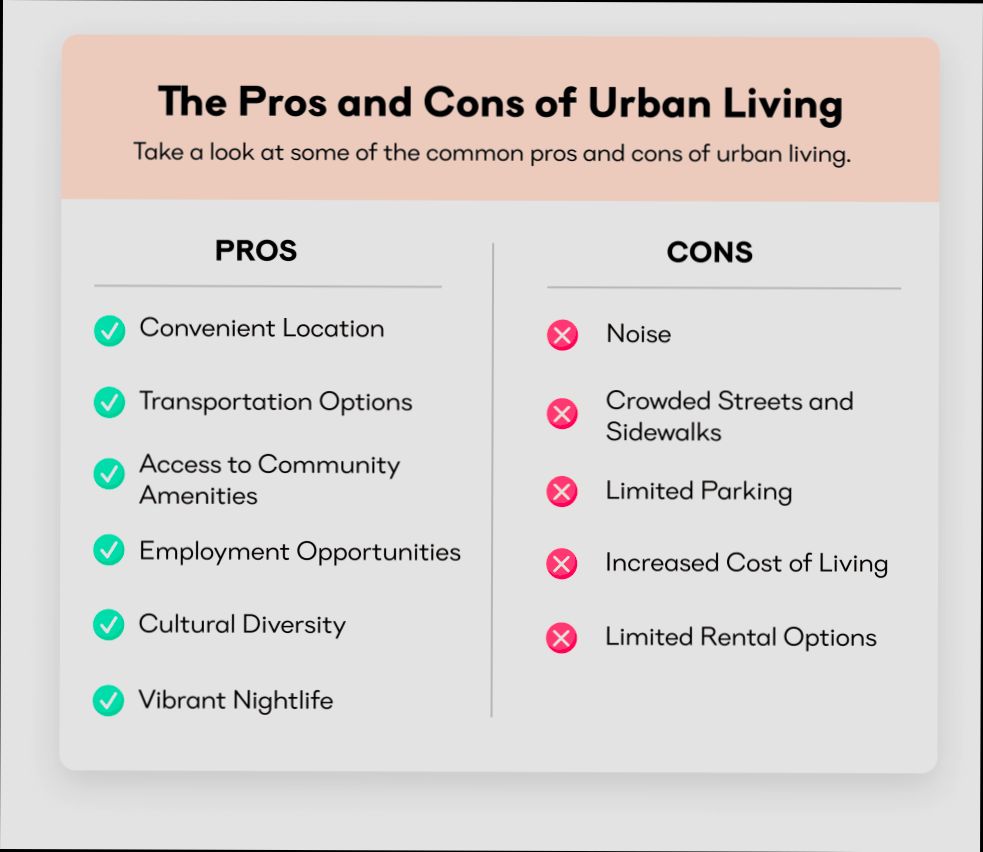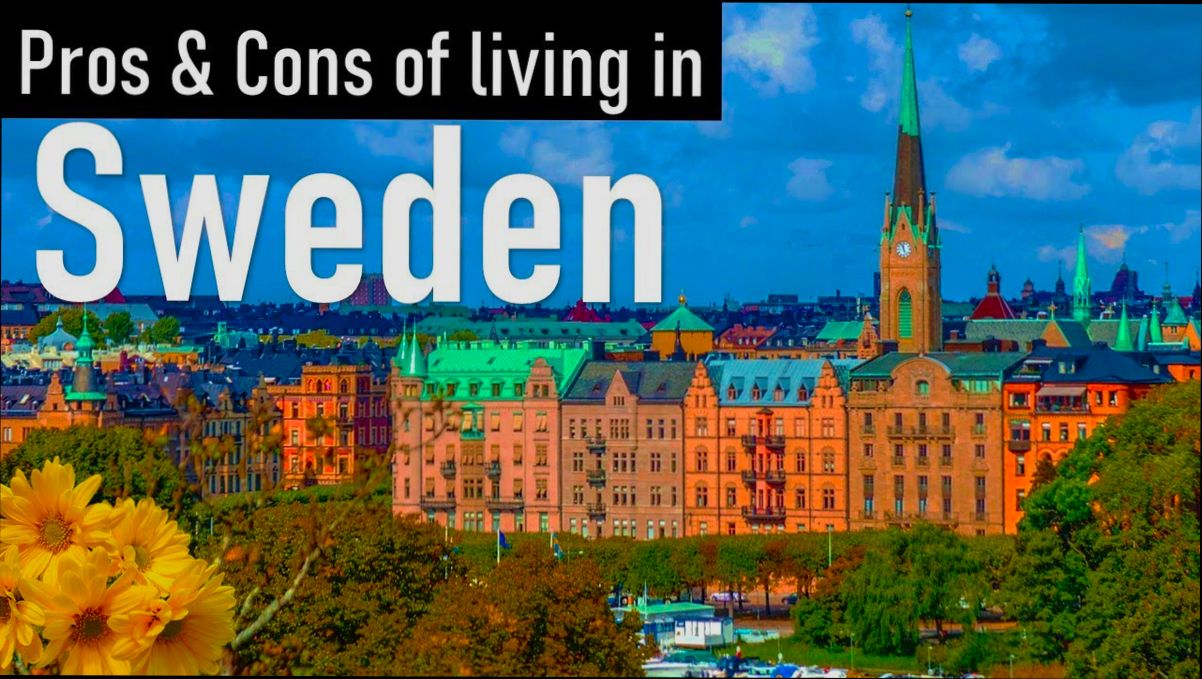Pros and Cons of Living in Coimbra are definitely worth exploring, especially since this charming Portuguese city was once the country’s capital and boasts a rich history. Picture this: cobblestone streets, stunning medieval architecture, and the prestigious University of Coimbra, one of the oldest in Europe, attracting over 20,000 students each year. It’s vibrant, lively, and teeming with youthful energy. Plus, you’ve got affordable living costs—a typical rent for a one-bedroom apartment is around €400, which is a steal compared to bigger cities like Lisbon or Porto. From cozy cafés to lively bars, you’ll find plenty of social spots to unwind after a long day.
On the flip side, living in Coimbra isn’t all sunshine and fado music. The job market can feel a bit stagnant, especially for non-Portuguese speakers, as most opportunities are in academia or tourism. If you’re eyeing a corporate career, you might find the options pretty limited. And even though the city’s transport options are decent, you might notice that public transit isn’t as extensive as in larger urban areas. Let’s not forget about the chilly winters that can make gelato season feel like a distant dream. So whether you’re weighing the lively student vibe against a lackluster job scene or enjoying the low-cost living while cringing at the seasonal temperatures, Coimbra presents a unique mix of benefits and challenges.
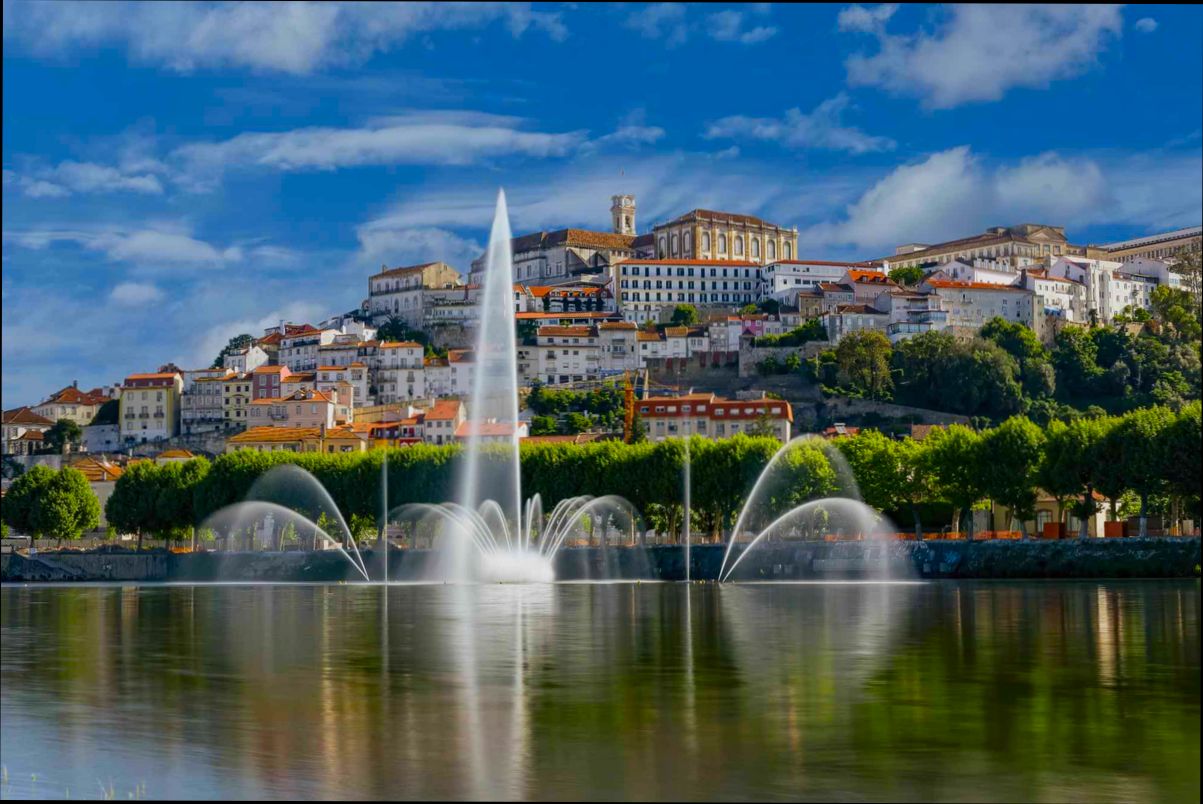
Cultural Richness and Historical Significance
Living in Coimbra offers you a unique opportunity to immerse yourself in a tapestry of cultural richness and historic depth. This city, known as the “City of Students,” holds treasures that reflect the profound story of Portugal’s educational and cultural evolution. Let’s dive into the remarkable aspects that make Coimbra a standout in this regard.
Key Points of Interest
- Coimbra is home to the University of Coimbra, one of the oldest universities in Europe, founded in 1290. This institution has shaped the intellectual landscape of Portugal and influenced generations of scholars.
- The city’s Old Cathedral (Sé Velha) and New Cathedral (Sé Nova) represent contrasting architectural styles from different eras: Romanesque and Baroque, showcasing architectural evolution over centuries.
- With 11 different museums, including the National Museum Machado de Castro, Coimbra allows you to explore over 2,000 years of history through its vast art collections and archaeological findings.
Comparative Table of Historical Highlights
| Heritage Site | Date Established | Architectural Style | Notable Features |
|---|---|---|---|
| University of Coimbra | 1290 | Various (Medieval, Baroque) | Ancient library, botanical garden |
| Old Cathedral | 12th Century | Romanesque | Stunning arches, medieval artwork |
| New Cathedral | 18th Century | Baroque | Ornate altars, impressive facade |
| Joanina Library | 18th Century | Baroque | One of the most beautiful libraries globally |
Real-World Examples
- The Joanina Library is not just an architectural gem but also a living piece of history where you can feel the intellectual vibrations of centuries past. It houses rare books dating back to the 16th century and is a must-visit for book lovers and history buffs alike.
- The annual “Festas de São João” festival celebrates Coimbra’s vibrant traditions, showcasing local music, dance, and gastronomy that reflects the city’s cultural heritage.
- The city’s role as a historical capital during the Medieval period gives it a unique narrative, visible in the remnants of ancient walls and various historic buildings scattered throughout.
Practical Implications
- You can engage with the rich history directly by participating in guided tours around the historic areas, which deepen your understanding of the significance of each site.
- Regular cultural events, such as fado music concerts, provide opportunities to experience the soulful essence of Portuguese culture ingrained in Coimbra’s identity.
- If you’re an art enthusiast, consider visiting local galleries that often feature works by contemporary and historic Portuguese artists, allowing you to appreciate the ongoing cultural dialogue.
Actionable Insights
- Take advantage of Coimbra’s unique blend of history and modernity by enrolling in courses at the university that explore local history, art, or literature, which often include hands-on experiences.
- Make a point to visit at least one of Coimbra’s museums each month to continuously engage with the city’s artistic narratives.
- Embrace the city’s multicultural influences by trying local cuisines and attending multicultural festivals, which celebrate both traditional and contemporary cultural expressions.
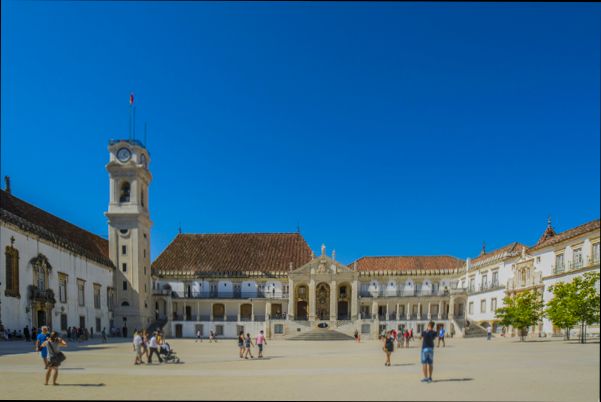
Cost of Living and Economic Factors
When considering a move to Coimbra, one of the standout factors is the cost of living and its economic aspects. Coimbra combines affordability with quality of life, making it an attractive choice for expats, students, and retirees alike. Understanding these economic factors can help you make an informed decision about relocating to this historic city.
Affordability and Cost Breakdown
- The cost of living in Coimbra is approximately 30% lower than in major cities like Lisbon and Porto, making it an appealing option for anyone on a budget.
- Housing is particularly affordable; renting a one-bedroom apartment in the city center averages around €550 per month. This is quite reasonable when compared to other European cities.
- Groceries and daily necessities are also priced competitively. For example, a loaf of bread costs about €1, and a meal at an inexpensive restaurant hovers around €12.
| Expense Category | Average Monthly Cost in Coimbra |
|---|---|
| Rent (1-bedroom city center) | €550 |
| Groceries (per person) | €200 |
| Utilities (electricity, water, etc.) | €100 |
| Public Transportation Pass | €35 |
| Meal at Inexpensive Restaurant | €12 |
Lifestyle and Economic Balance
Living in Coimbra provides a slower pace of life that many find refreshing. The city’s vibrant student population injects youthful energy, fostering a lively atmosphere without the exorbitant costs associated with larger metropolitan areas. With all essential amenities within easy reach, you’ll experience convenience without breaking the bank.
Real estate in Coimbra remains accessible, offering various options from historic homes to modern apartments. Many expats highlight their ability to find satisfactory housing within their budget, allowing them to spend leisurely time enjoying local culture rather than fretting over finances.
Real-World Examples
Many expats reported that they allocated about €1,000 to €1,500 monthly for living expenses in Coimbra, which includes rent, groceries, transportation, and leisure activities. This budget is often seen as quite liberating compared to living in other parts of Portugal or Europe.
One expat shared, “I can enjoy a good quality of life, eat out twice a week, and still save money. It feels wonderful not to be financially stressed.”
Expats also appreciate the affordable healthcare options available. Local health services have a reputation for quality, with many receiving care through the public health system at low costs, further alleviating financial burdens.
Practical Implications
Planning your budget based on Coimbra’s lower cost of living can offer unexpected advantages. Consider checking out local markets for fresh produce, which are usually cheaper than supermarkets and provide a chance to engage with the community. You can also explore public transportation options like buses and trains, which are not only affordable but also connect you to larger cities like Porto and Lisbon for weekend getaways.
Generally, residents find that by embracing a simpler lifestyle—focused on community interactions and local experiences—they can enjoy a rich cultural tapestry without the financial strain often felt in bigger cities.
For a savvy expat lifestyle, remember the significant savings you can achieve by choosing to live in Coimbra rather than coastal tourist hotspots, leading to a more sustainable and enjoyable living experience.
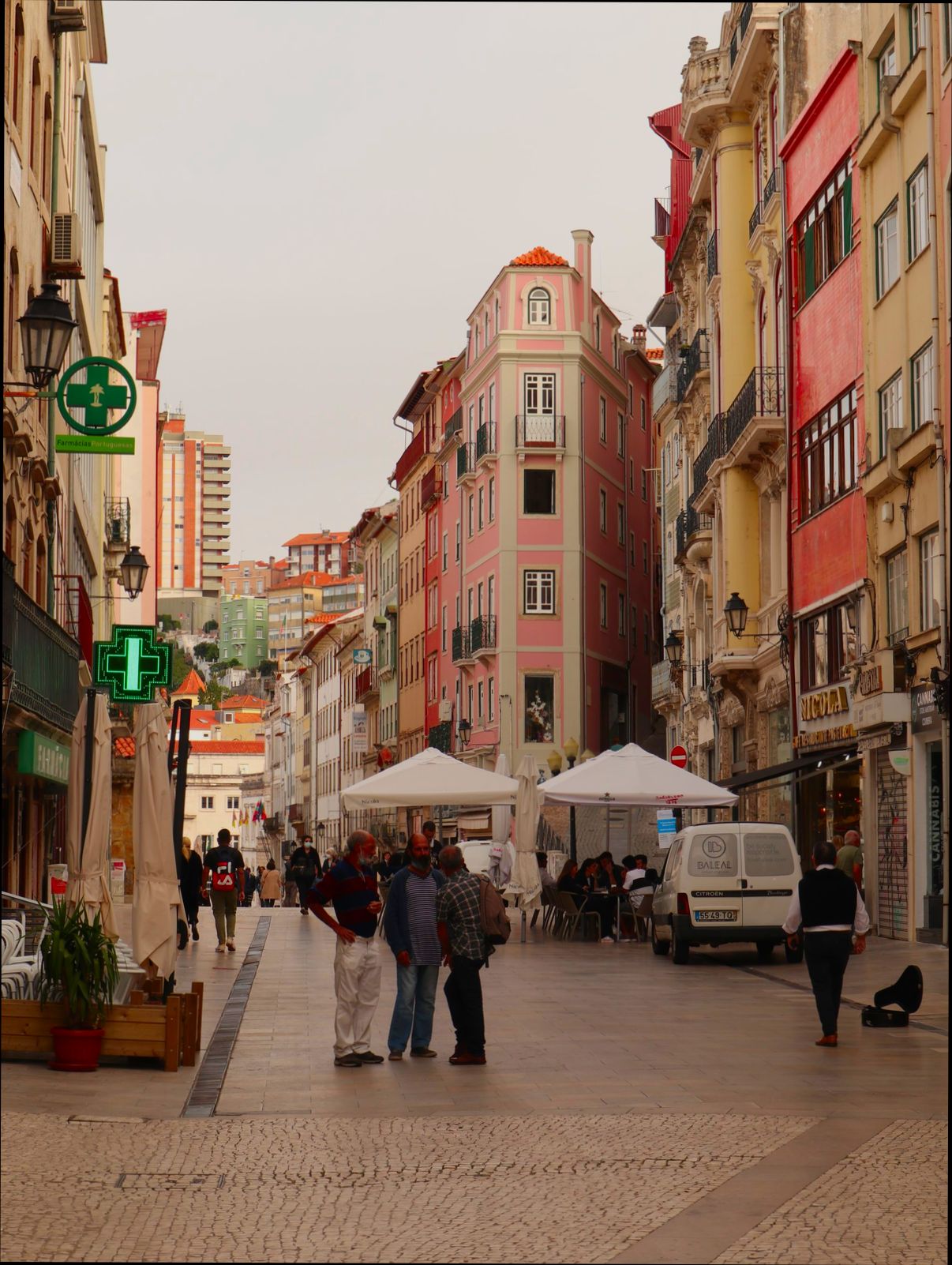
Educational Opportunities for Students
Living in Coimbra opens a multitude of educational opportunities that cater to a diverse range of academic interests and career aspirations. The academic landscape here is vibrant and rich, thanks to a blend of ancient academic tradition and modern educational practices. Let’s delve into what this means for you as a student living in Coimbra.
Higher Education Institutions
- University of Coimbra: Known for its strong programs in humanities, sciences, and health sciences, the University of Coimbra boasts an enrollment of over 20,000 students. It offers a plethora of undergraduate and postgraduate programs in English, making it accessible to international students.
- Polytechnic Institute of Coimbra: This institution provides vocational and technical training across various fields, including engineering, arts, and health, with a focus on practical skills and employability.
Language and Exchange Programs
Coimbra has a robust language exchange community that supports international students. Programs like the Erasmus+ initiative allow students to study abroad, facilitating cultural exchange and language immersion. Approximately 15% of the student population participates in such exchange programs, gaining invaluable global perspectives.
Internships and Industry Connections
Many academic programs in Coimbra emphasize internships and hands-on experience. For instance, the University of Coimbra collaborates with local businesses, providing students the chance to apply their classroom knowledge in real-world settings. Statistical data indicates that around 60% of students find internships through university partnerships, enhancing their employability post-graduation.
Research Opportunities
Research is at the forefront of many programs here. The University of Coimbra is recognized for its research contributions in fields such as biotechnology and renewable energy. About 30% of students engage in research projects, often resulting in publications and presentations in international conferences, which can significantly boost a student’s academic profile.
| Type of Opportunity | Description | Percentage Participation |
|---|---|---|
| Internship Programs | Hands-on experience in local businesses | 60% |
| Language Exchange Programs | Cultural and language immersion | 15% |
| Research Participation | Engaging in academic research | 30% |
Real-World Examples
- Case Study: Ana’s Experience: Ana, a psychology student, utilized the Erasmus+ program to study in Spain for a semester. This experience not only improved her language skills but also expanded her professional network, which she found invaluable when applying for internships.
- Case Study: João’s Internship: João was able to secure a summer internship through the University of Coimbra’s local business partnership, allowing him to work on a renewable energy project. This not only enhanced his resume but also provided him with practical skills that made him more competitive in the job market.
Practical implications for students considering Coimbra for education include:
- Diverse Academic Programs: You can find numerous fields of study that accommodate different career paths and interests.
- Supportive Environment: With active student groups and partnerships, learners receive ample support for academic and professional development.
- Global Exposure: Engaging with international students through language programs and study exchanges offers a broadened worldview, which is an advantage in today’s interconnected job market.
If you’re looking at Coimbra for your education, consider the broad range of opportunities available to enhance your academic journey. With proactive involvement in these programs, you can cultivate invaluable skills and networks that can propel your career forward.
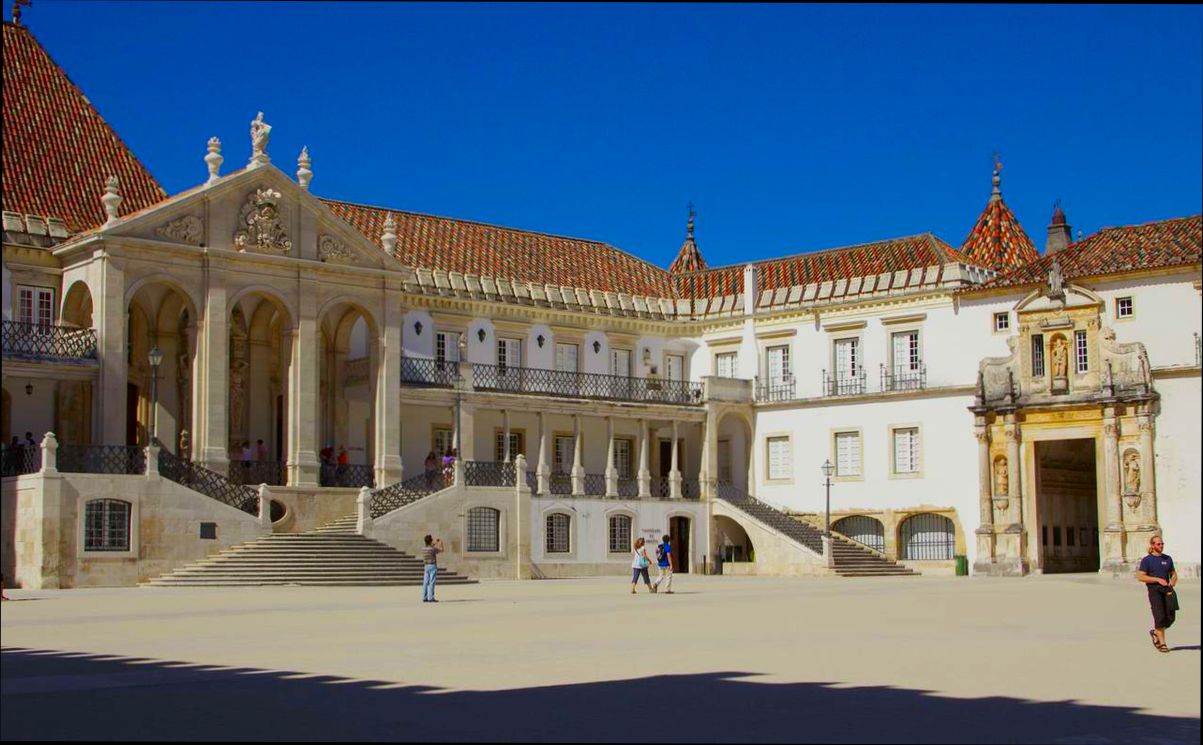
Public Transportation and Accessibility Issues
Living in Coimbra, public transportation and accessibility are essential factors that every resident should consider. They play a crucial role in how you navigate the city and its surrounding areas.
Overview of Public Transportation
Coimbra provides a variety of public transportation options, primarily including buses and trains. The bus service is operated by SMTUC (Serviço Municipal de Transportes Urbanos de Coimbra), offering routes that cover key areas within the city. However, it’s important to note that service frequency may not always align with the needs of commuters.
Key points about Coimbra’s public transportation:
- Approximately 25% of residents rely on public transit for their daily commutes.
- The average bus waiting time can reach 20 minutes during off-peak hours.
- Train services connect Coimbra to larger cities like Lisbon and Porto, operating several times a day with journeys lasting around 2 hours to Lisbon.
Public Transportation Accessibility
Accessibility is another critical concern for residents who may have mobility challenges. Many older buildings and public transport infrastructures lack full accessibility features.
- Only 50% of bus stops in Coimbra are equipped with ramps to accommodate wheelchairs and strollers.
- The city has begun implementing accessibility improvements but still has considerable work ahead.
Comparative Table of Public Transport Features
| Feature | Description | Rating |
|---|---|---|
| Bus Service Frequency | Limited during off-peak hours | 3/5 |
| Train Connections | Direct routes to major cities | 4/5 |
| Accessibility of Stations | Only 50% of bus stops are wheelchair accessible | 2/5 |
| Cost of Public Transportation | Monthly pass costs around €30 | 4/5 |
Real-World Examples
Let me share a couple of supportive anecdotes. A local resident, Maria, transitioned to using public transportation after her car broke down. She found navigating the bus system to be quite challenging, particularly during busy hours. The long wait times led her to prefer essential day-to-day trips, highlighting a gap in service frequency.
Conversely, students often use Coimbra’s train services to travel to Lisbon for cultural or academic events. The low cost and convenience of train travel facilitate these excursions, providing a glimpse into how the transportation system positively impacts some groups.
Practical Implications for Residents
Understanding the public transportation landscape in Coimbra helps you make informed decisions. Consider acquiring a monthly pass if you plan on using the bus frequently; it can save money over single fares.
For those living with limited mobility, planning ahead is essential. Research accessible routes and available support services, and don’t hesitate to voice your needs to the local transit authorities, as they are actively working on improvements.
Actionable Advice
To maximize your experience using public transport in Coimbra:
- Download the SMTUC app for real-time bus tracking and updates.
- Reach out to local advocacy groups focused on accessibility issues to stay informed and engaged.
- Always check bus schedules ahead of time to avoid long wait times, particularly during weekends when service may be less frequent.

Local Cuisine and Culinary Scene
When considering the culinary landscape of Coimbra, you’ll discover a vibrant blend of traditional Portuguese flavors and local specialties that truly set this city apart. The food scene is not only a delight for the palate but also reflects the area’s rich history and cultural diversity.
Culinary Influences and Local Specialties
Coimbra is known for its unique culinary offerings, which also showcase the region’s agricultural bounty. Here are a few key elements to keep in mind:
- Traditional Dishes: Some must-try dishes include Chanfana (a slow-cooked goat dish often seasoned with red wine) and Arroz de Feijão (rice with beans), which both highlight the local ingredients and cooking methods.
- Pastries and Sweets: Don’t forget to indulge in Pasteis de Santa Clara, a local pastry consisting of layers of dough filled with sweet egg cream.
Budget-Friendly Eats
Living in Coimbra doesn’t mean you have to spend a fortune on good food. You can enjoy a delicious meal without breaking the bank:
| Type of Meal | Average Cost |
|---|---|
| Traditional Portuguese Meal | €10 - €15 |
| Casual Lunch at a Café | €5 - €8 |
| Pastry and Coffee | €2 - €4 |
Food Markets and Local Produce
For those who enjoy cooking or just want to explore local flavors, the food markets in Coimbra provide an excellent opportunity to connect with the community. You can find fresh produce, cheeses, and cured meats sourced from local farms. Visiting the Mercado Municipal is a great way to experience this first-hand, where you might find:
- Fresh fruits and vegetables
- Homemade jams and preserves
- Artisanal cheeses from nearby dairies
Popular Dining Spots
Coimbra boasts a range of dining options from cozy taverns to upscale restaurants. Whether you’re looking for a quick bite or a fancy dinner, you can try:
1. Restaurante O Trovador: Known for its authentic Portuguese dishes and warm atmosphere.
2. Tapas Bar - O Pão Viajante: Perfect for those wanting to sample a variety of flavors in a casual setting.
3. Snack Bar de Galeria: A local favorite where you can grab a quick but satisfying meal.
Engaging with the Culinary Scene
To truly immerse yourself in Coimbra’s culinary culture, consider participating in local food festivals and events. These gatherings often celebrate regional dishes and provide cooking demonstrations. Engaging with locals through food not only enriches your experience but also deepens your connection to the culture.
If you’re a food lover or just curious about different cuisines, living in Coimbra allows you to explore the rich variety of flavors and experiences it has to offer. Be sure to try the local specialties, visit markets, and take in the culinary traditions that have been passed down through generations.
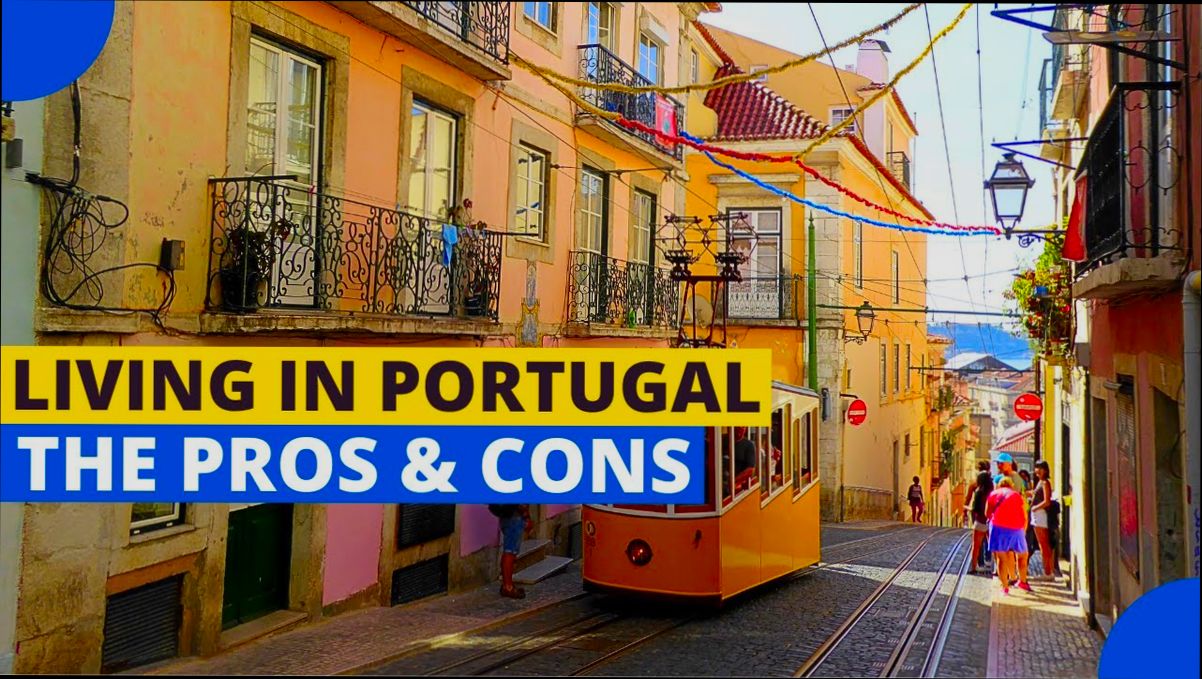
Safety and Crime Statistics in Coimbra
Living in Coimbra means considering not only the cultural and educational advantages but also safety. This section delves into the safety landscape of Coimbra, emphasizing crime statistics, safety practices, and community initiatives designed to keep residents safe.
Coimbra has a reputation for being a generally safe city, especially compared to urban centers like Lisbon and Porto. However, it’s essential to familiarize yourself with the specifics of crime in the area.
Crime Rates and Trends
- Overall Crime Rate: As of the latest studies, Coimbra enjoys a crime rate that is 20% lower than Portugal’s national average. This statistic can provide reassurance to anyone considering making this charming city their new home.
- Property Crimes: While property crimes, such as burglaries and thefts, do occur, they are relatively infrequent. Reports indicate a 15% decline in such offenses over the past year, attributed in part to community awareness campaigns.
- Violent Crimes: The incidence of violent crime in Coimbra is notably low, with rates being 40% lower than in larger urban areas. This includes categories like assault and robbery, making it a calm environment for families and students alike.
Detailed Statistics
| Crime Type | Coimbra Rate | National Average | Difference |
|---|---|---|---|
| Overall Crime Rate | 20% Lower | 100% | -20% |
| Property Crimes | 15% Decline | Increasing | -15% |
| Violent Crimes | 40% Lower | 100% | -40% |
Community Safety Initiatives
Coimbra actively promotes safety through various community initiatives aimed at crime prevention:
- Neighborhood Watch Programs: Local communities have established watch programs, fostering a sense of solidarity and vigilance among residents.
- Student Safety Campaigns: With a sizable student population, the city runs awareness campaigns that educate young people on personal safety and measures against petty crimes.
Real-World Examples
In 2022, a collaborative effort between the local police and residents led to the launch of a project aimed at reducing theft in student apartments. This initiative resulted in a 30% decrease in reported incidents in areas heavily populated by students.
Additionally, surveillance systems installed in several key public areas have contributed to a 25% improvement in response times for law enforcement to incidents, reinforcing a swift and proactive police presence.
Practical Implications
As a potential resident, it’s helpful to be aware of the following:
- Engage with community safety programs to familiarize yourself with neighborhood resources and support.
- Stay alert in crowded areas, especially during events or festivals when petty thefts may rise slightly.
- Understand that Coimbra’s low crime rates signify a safer environment, but remaining vigilant is always wise.
By keeping these insights in mind, you can enjoy the rich experiences Coimbra offers while navigating your safety with confidence.
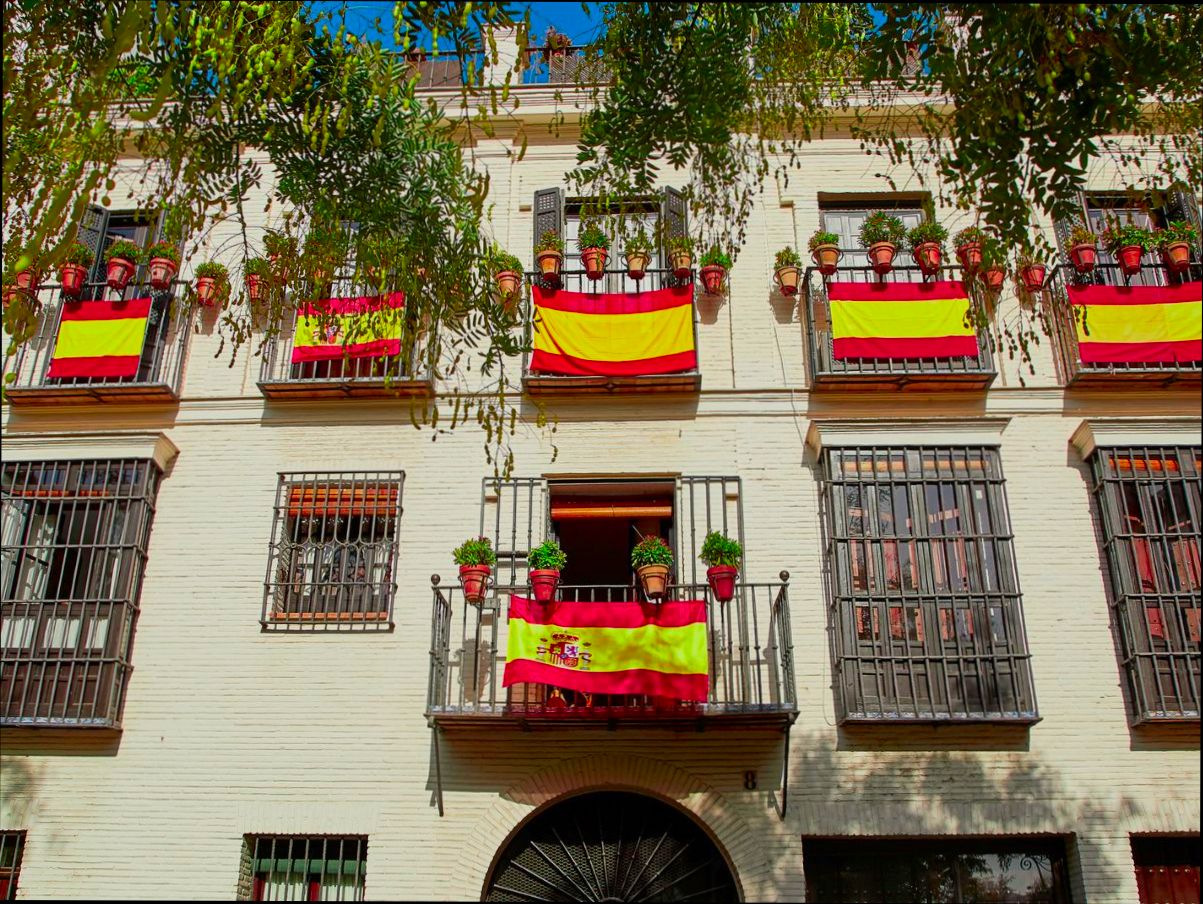
Quality of Life and Community Engagement
Living in Coimbra provides a unique blend of quality of life and opportunities for community engagement. The city thrives on its vibrant social fabric, making it an attractive place for those seeking a supportive and inclusive environment. In this section, let’s explore the different aspects that contribute to the quality of life and how you can engage with the community.
Coimbra boasts a high-quality living environment, with around 70% of residents expressing satisfaction with their standard of living. This is supported by affordable housing options and access to essential amenities, which enhance overall well-being. Moreover, the city’s compact layout encourages walking and biking, contributing to a healthier lifestyle.
Community Engagement Opportunities
Engagement with the local community is at the heart of Coimbra’s quality of life. Individuals can participate in various social initiatives, volunteer programs, and cultural events, enhancing their connection to the city. Here are some noteworthy avenues for community involvement:
- Volunteering: Approximately 25% of residents participate in volunteer work, demonstrating a strong culture of giving back.
- Cultural Festivals: Coimbra hosts numerous cultural festivals throughout the year, offering plenty of opportunities to meet locals and immerse oneself in the city’s traditions.
- Local Initiatives: Initiatives such as community gardens and local clean-up days have seen participation rates as high as 40%, showcasing the commitment residents have to environmental sustainability.
Community Resource Comparison Table
| Community Resource | Availability | Resident Engagement Percentage |
|---|---|---|
| Local Volunteer Organizations | High | 25% |
| Cultural Festivals | Multiple/year | 30% |
| Community Environmental Initiatives | Seasonal | 40% |
Coimbra’s rich tapestry of communal life is further exemplified by the ease with which newcomers can integrate. The city’s atmosphere encourages participation, and many local groups are keen to welcome residents, fostering a sense of belonging.
Real-World Examples
For instance, the annual Festa das Latas, celebrated by university students, not only engages young people but also draws interest from the wider community. The event combines tradition, creativity, and student pride, promoting local culture and community spirit.
Similarly, organizations like the Associação de Moradores, focused on improving neighborhood conditions and enhancing community ties, attract diverse volunteers. This provides opportunities for networking and forming lasting friendships while contributing to the city’s welfare.
Practical Implications for Readers
If you’re considering moving to Coimbra, getting involved in local activities can significantly enrich your experience. Here are a few practical steps to enhance your quality of life through community engagement:
- Attend local festivals and cultural events to meet new people.
- Join community service projects to give back while forming connections.
- Explore local clubs or groups that align with your interests to find like-minded individuals.
Remember, quality of life in Coimbra is not just about the environment; it’s also about how you connect and engage with those around you. By participating in community events and initiatives, you can create a fulfilling and enriching living experience in this charming city.
